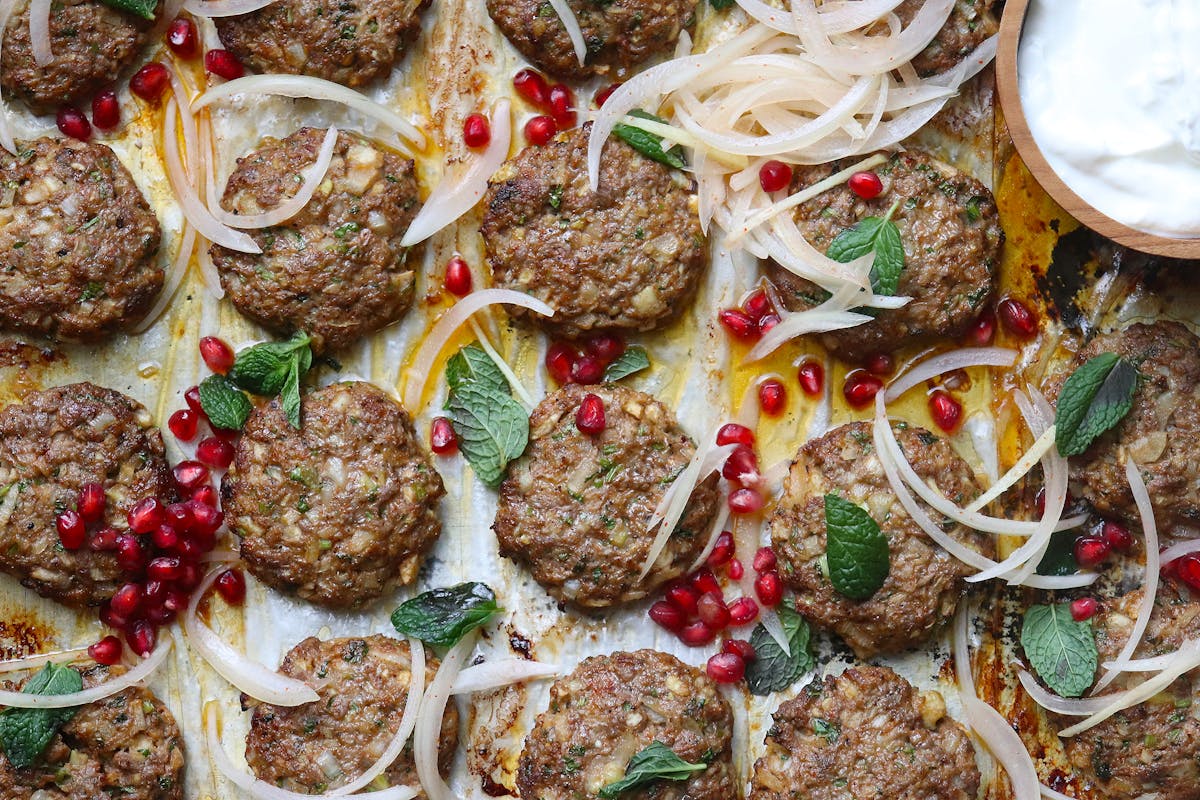Galouti Kebabs

Photo: Ajna Jai / Contributor
In a world of expanding wellness, longevity pursuits, and intermittent fasting, I bring you a story of unabashed indulgence from a different era and place. Lucknow, a northern city in India was well known during the Mughal empire for its artistic splendor in textiles, music, architecture, and food. The Mughals, mostly Persian descendants, had declared themselves landed aristocracy for a few hundred years before the predatory eyes of the British had descended upon the country. At the time, Lucknow was ruled by a series of Nawabs, princes of sorts, who led lives of resplendent luxury. Abstinence or restraint was not the order of that time.
A noteworthy Nawab during late-seventeen hundreds was Asaf-ud-Daula, a man known for his generosity and a notorious obsession for royal edifices and rich cuisine, particularly kebabs. During his reign, Lucknow reached the epitome of architecture with beautiful palaces, roads, and gardens. He commissioned the building of his court, the Imambara with excruciating details, where the largest arched roof built from brick and limestone, without a single beam, still stands today. An entire team of cooks was commanded to create daily changing aromatic stews, breads, and kebabs. These are the decades when Persian and Indian cooks came together to create Mughlai cuisine, still beloved in India. Legend has it that due to his overindulgences, early in his forties, the Nawab lost almost all his teeth and the ability to chew food, yet his love for kebabs did not wane. Anxious to please their beloved leader, the cooks, using papaya to tenderize the meat, concocted a kebab so soft that it required no chewing and would literally melt in his mouth. The Galouti (means melt-in-your-mouth) kebab was born and has remained a popular kebab in India ever since. The Nawab led a short but glorious well-lived life and is buried in his beloved Imambara.

